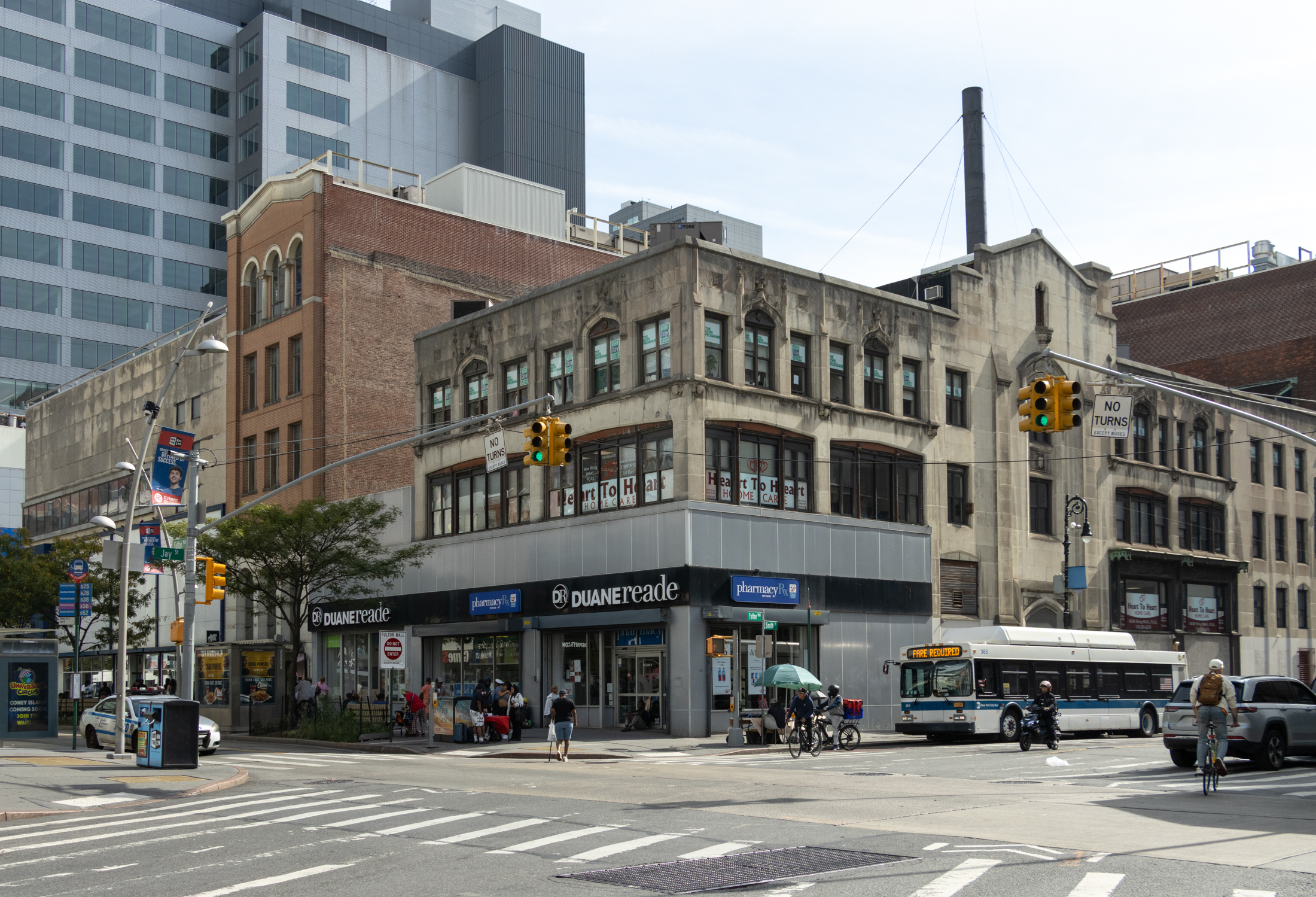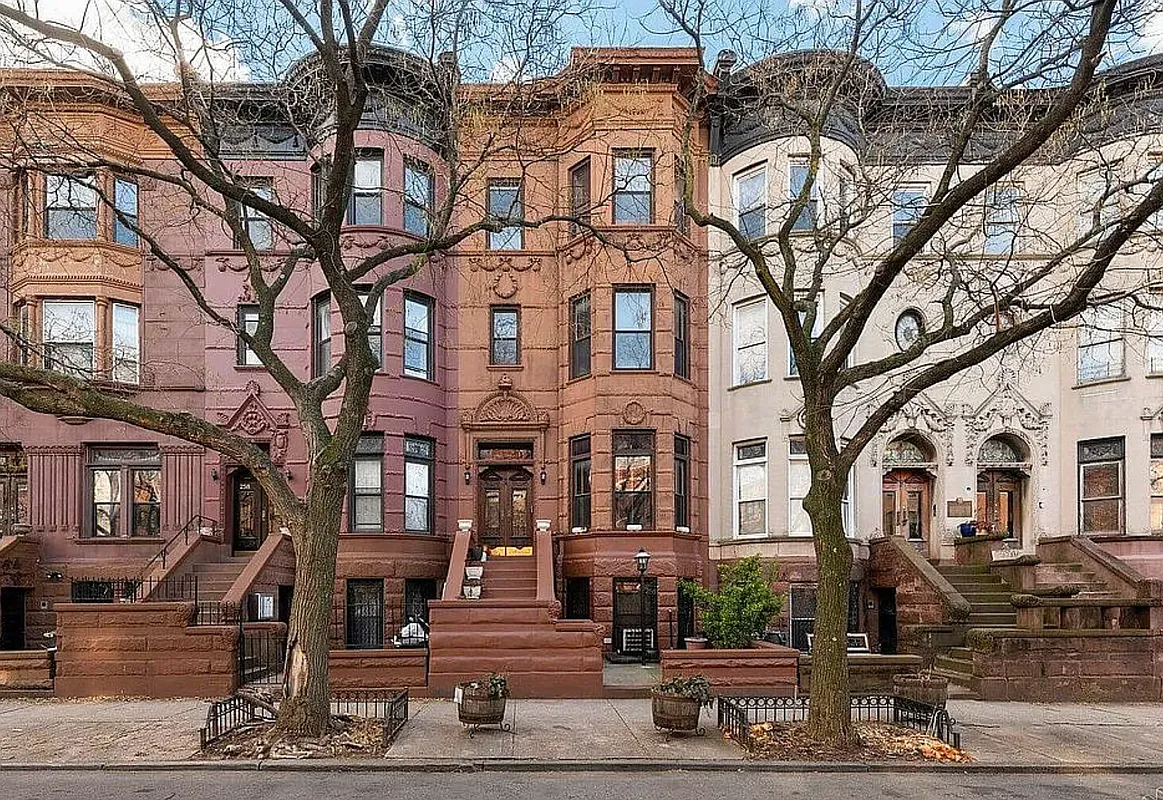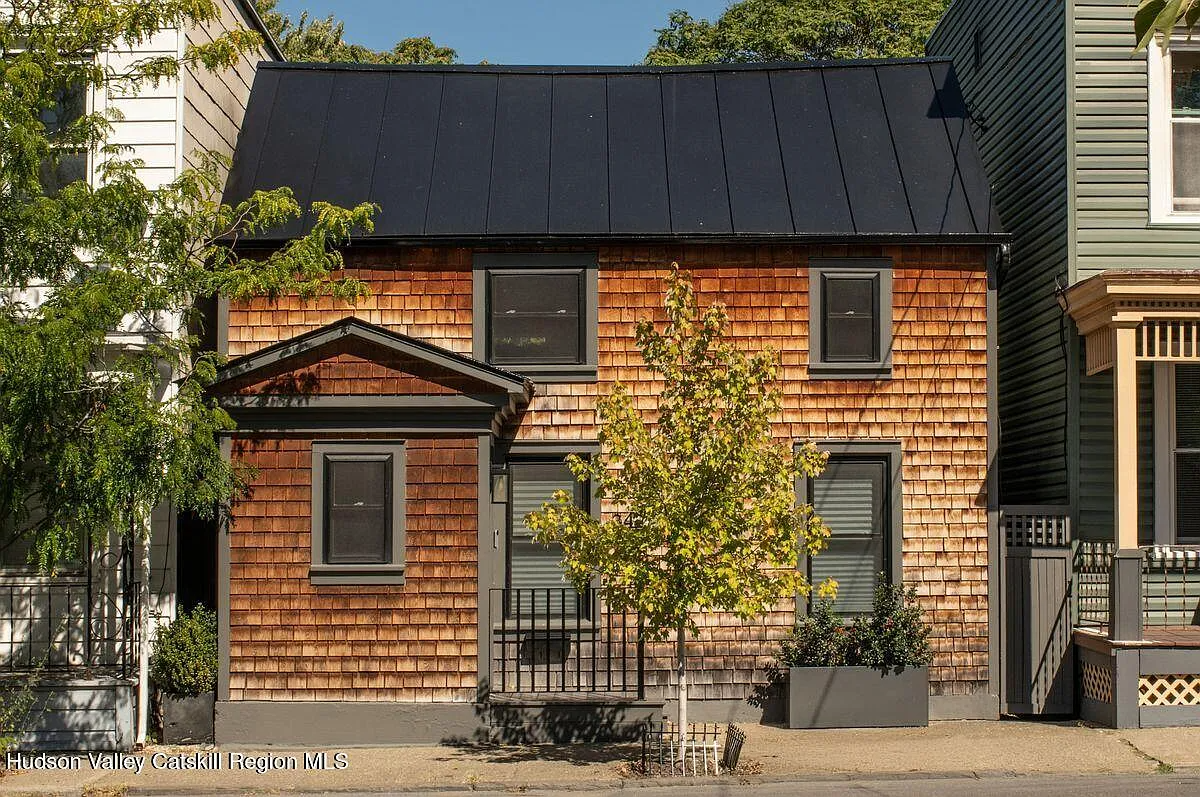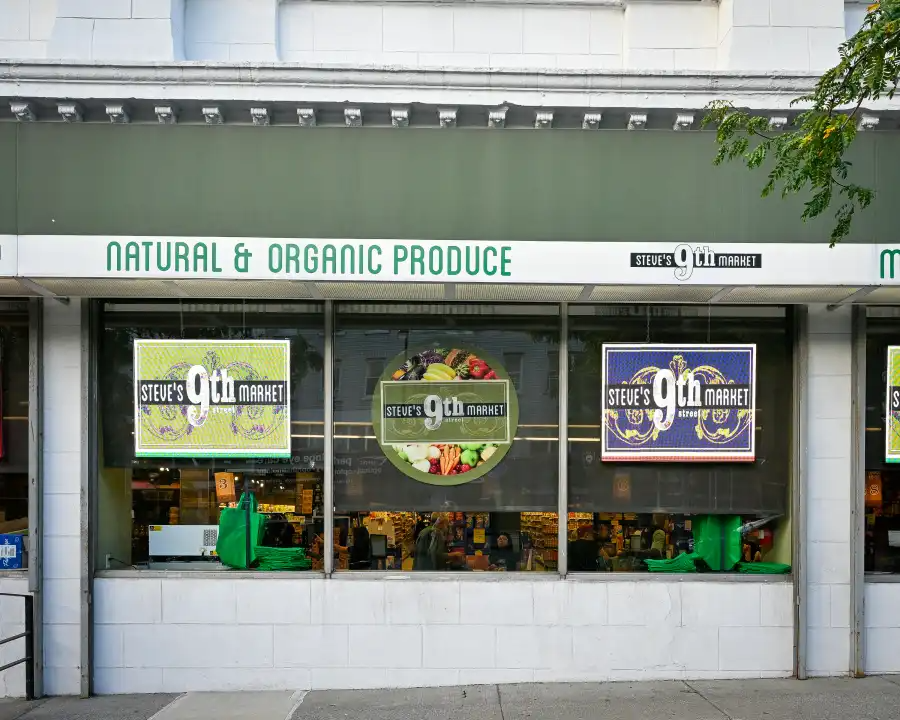Building of the Day: 615 Nostrand Avenue
Brooklyn, one building at a time. Name: Barbara’s Flowers Building Address: 615 Nostrand Avenue Cross Streets: Corner of Bergen Street Neighborhood: Crown Heights North Year Built: 1907 Architectural Style: Renaissance Revival Architect: Axel Hedman Other Buildings by Architect: Ocean on the Park Houses, Maple St. houses in PLG, 891 and other houses on St. Mark’s…

Brooklyn, one building at a time.
Name: Barbara’s Flowers Building
Address: 615 Nostrand Avenue
Cross Streets: Corner of Bergen Street
Neighborhood: Crown Heights North
Year Built: 1907
Architectural Style: Renaissance Revival
Architect: Axel Hedman
Other Buildings by Architect: Ocean on the Park Houses, Maple St. houses in PLG, 891 and other houses on St. Mark’s Ave, CHN, houses on 3rd St. Park Slope, and much, much, more.
Landmarked: No, not included in Phase 2 of CHN HD (2011), unfortunately.
The story: Yes, it’s Axel Hedman again. The man built Brooklyn, what can I say? He certainly was quite active in Crown Heights between 1890 and 1915. I’m quite confident that if you added up all of his buildings within the borders of Crown Heights North and South, he easily wins the award for “Most Buildings in a Neighborhood by a Single Architect.” This time, for a change, we’re going to look at one of his many flats buildings with stores. Although only a couple of blocks of Nostrand Avenue were landmarked in the recent Phase 2 of the Crown Heights North historic district, we already see on those blocks that Axel was busy. This group of buildings was not included in the designation. Which is really too bad for a couple of reasons.
First of all, architecturally: this corner building is the anchor for a row of four identical store fronts with flats above, tenement buildings, which Hedman designed, and were built in 1907. They are all handsome Renaissance Revival, light grey colored brick buildings. The limestone quoins add a dignified touch, as do the keystones above the windows. A simple, but elegant motif in the pressed metal cornice runs the length and width of all of the buildings, all with deep eaves supported by rows of brackets. This was all built for middle class tenants, living above a busy and successful retail corridor, and are very nice mixed-use buildings.
Culturally, Nostrand Avenue was, and still is, a busy street, long ago populated by stores, banks, restaurants and other amenities and services. When these buildings were built, they serviced residents of the very wealthy St. Marks District, home to some of Brooklyn’s wealthiest people, including the Straus family, of Abraham and Straus, the Seaman’s, owners of the largest typewriter and business machine company in the US, and the Gair’s, the box king of DUMBO. Many of the shop keepers along the street probably lived above their establishments in the upstairs apartments. For many years, people living in this neighborhood had no reason to go anywhere else but here to shop. Nostrand Avenue had it all.
Records show that there has been a flower shop on the ground floor of this building from the very beginning. Local legend has it that the legendary opera singer Maria Callas once lived in an apartment above here, and that her family owned the flower shop below. This is according to Les Powell, who runs the flower shop today. He is the brother of Fred Powell, who with his wife Barbara, opened Barbara’s Flowers in 1970. Today, Barbara’s Flowers is one of the oldest businesses still open in the Crown Heights part of Nostrand Avenue, and one of the most successful, selling flower arrangements not only locally, but all over the city, and beyond. Whether or not the woman who made “the lady of the camellias” – La Traviata, her own, actually lived here or not, this is still one of Crown Heights North’s treasures. GMAP
And they are selling tickets for our house tour! It’s not too late! (You know I’d get a plug in!) Join us for the 5th Annual Crown Heights North House Tour, tomorrow from 11-4. Tickets can be purchased HERE, at Barbara’s Flowers, as well as at Yanatiba, on Washington Avenue and Prospect Place, or on line at www.crownheightsnorth.org, for the advance price of $20. Tomorrow, at the door, tickets are $25. Starting place – St. Gregory the Great Catholic Church, corner of St. Johns and Brooklyn. Take 3 train to Kingston Ave. Tour is self-guided, and includes 9 houses and other great stops. Hope to see you there.





I bet these buildings are actually light beige brick with off-white trim.
The beige, or tan, brick from this period turns this grey color due to a hundred years of atmospheric pollution.
A facade washing would produce a dramatic change I’m sure.
A clean facade with the cornice and windows repainted an off-white to match the trim would restore the original “city beautiful” color palette.
Word has reached me that I have, by the comment above, injured Mr. Morris’ feelings. I retract the statement, and instead say that the building is very … dignified.